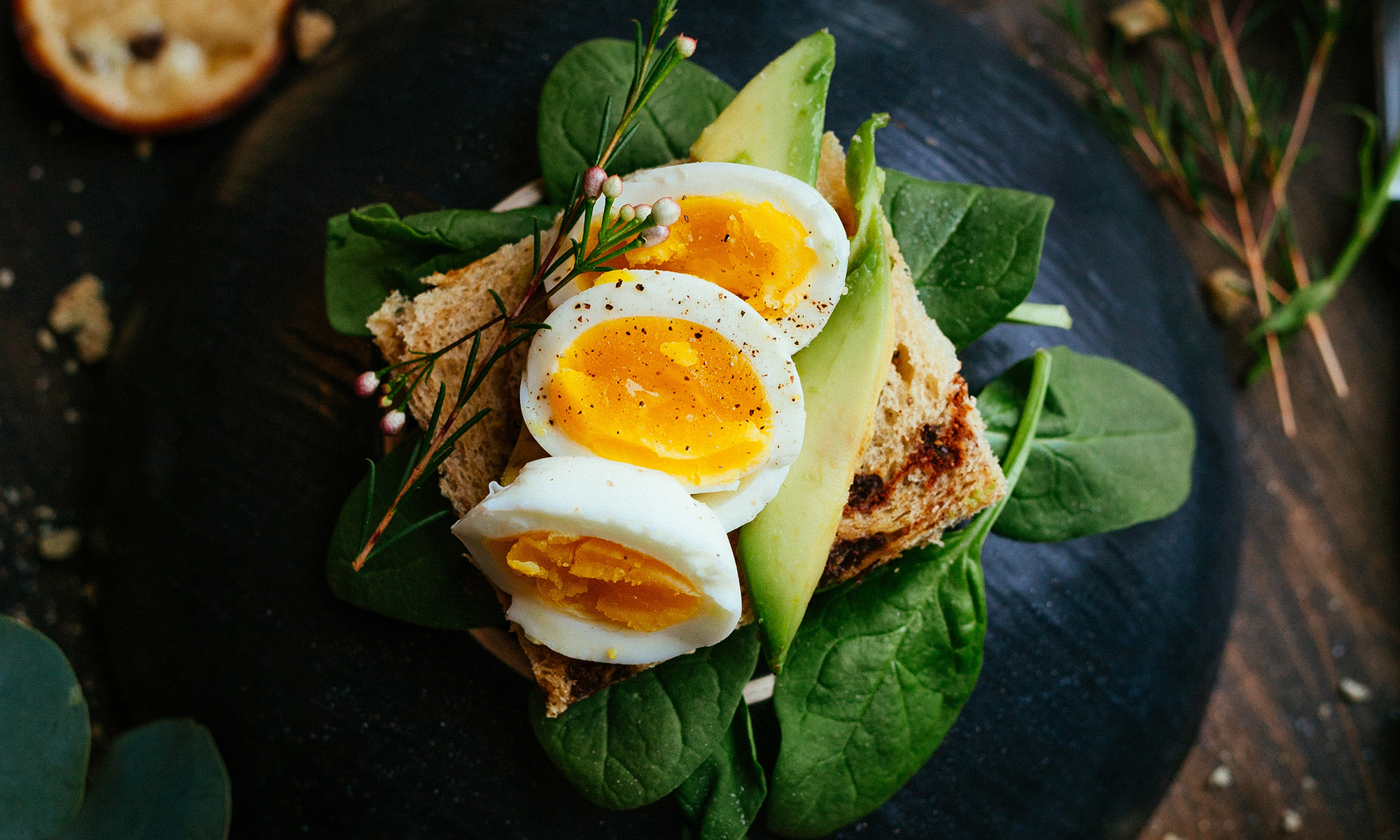I’ve never been a fan of Valentine’s Day, with all the red hype and floral expectations.
Perhaps, I’m jaded by the years of working in restaurants. As my old boss used to say, “This one’s for the house.” The night is so busy that we plan menus based on ease and efficiency, not on elegance, creativity or fun. Restaurateurs just want to get to midnight with grace and minimal damage to the restaurants’ reputations for slow service.
Or maybe it’s the high expectations of the “holiday.” I love grocery shopping on Valentine’s Day, watching all the flustered boyfriends: grocery list in one hand, bouquet of flowers in the other. You can see the worry and determination in their eyes to create the most romantic, most delicious meal…
I’m sure I sound like the Grinch at Christmas, but I much prefer the authentic times, the idle Tuesday evenings… when the love and gratitude for our friends and loved ones shows off effortlessly.
Boyfriends have come and gone, and my favorite Valentine’s Days remain the evenings I’ve spent with friends: Sitting by the fireplace with a lovely meal and bottle of wine. And eating ice cream out of the carton for dessert.
Wishing you happiness and love, today and always.
CAULIFLOWER – SPINACH VICHYSSOISE
This soup is terrific served hot or cold.
3 tablespoon Butter
1 shallot — peeled and chopped
½ apple, peeled, cored and diced
1 celery stalk
4 garlic cloves
1 head cauliflower – cored and chopped
2 leek – washed
¼ cup white wine
6 cups water
1 cup spinach
1/4 cup cream (opt.)
Heat a large pot over medium flame. Melt butter. Add shallots, apple, celery, garlic, cauliflower and leeks. Sauté until cauliflower begins to turn limp and brown a little. Deglaze with white wine. Cover vegetables with water, and simmer until soft, about 20 minutes.
Purée soup with cream, and return all but 1 cup to pot. Season to taste with salt and pepper.
Purée remaining soup with spinach. Put in a separate pot.
To serve: ladle white vichyssoise into bowl. Ladle green vichyssoise into the center.
That extra loving touch:
Make vanilla oil to garnish soup: Heat ½ cup canola oil with ½ teaspoon curry powder and ½ vanilla bean. Simmer over low heat for 3 minutes. Let sit for 10 minutes.
Soup Photograph: Ellen Callaway. Food Styling: Me.







